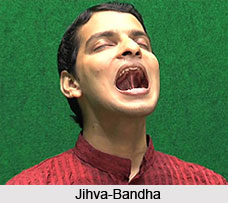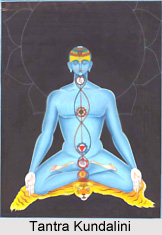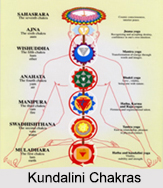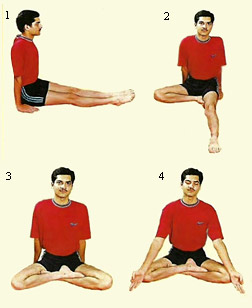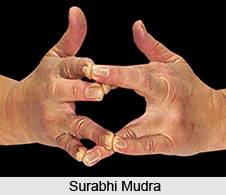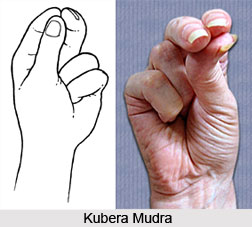The kstnavrtteh abhijatasya iva maneh grahitr grahana grahyesu tatstha tadahjanata samapattih yogic sutra states in detail about the three basic dissimilar ways about how to achieve the yogic state of perfection. The three cardinal processes through which a human being can perceive the clear consciousness are entirely different. When every oscillation of the mind has been curbed, the sadhaka can easily perceive the crystal state of one`s mind.
ksina dissolving of the sattva-, rajo- and tamo- gunas
vrtteh modifications, fluctuations
abhijatasya inborn, noble, courteous, polite, worthy, learned,
distinguished, wise, transparent
iva like
maneh a gem, a flawless crystal
grahitr knower, taker, perceiver, one who has comprehended
grahana act of seizing, catching, accepting, grasping, instrument of cognition
grahyesu to be known
tatstha becoming stable
tadanjanata acquiring or taking the shape of the seen or known
samapattih transformation, assuming the original form, consummation, completion, conclusion
The yogi realises that the knower, the instrument of knowing and the known are one, himself, and the seer. Like a pure transparent jewel, he reflects an unsullied purity.
With refinement, the consciousness becomes exceedingly sensitive, choiceless, untainted and chaste. The perceiver, the instrument of perception and the Perceived object, evidently reflected, are nothing but the seer. Like an object reflected immaculately on a clean mirror, the perceiver, the perceived and the instrument are reflected as one. This transparent reflecting quality of consciousness is termed samapatti, which means assumption of the original form of the seer.
Patanjali`s description of samapatti emphasises the subtle distinction between yoga, samadhi and samapatti. Yoga is the utilisation of the means to attain samadhi. Samadhi is profound meditation and total absorption. Samapatti is the equilibrised state of mind of the seer who, having attained samadhi, radiates his own pure state. Yoga and samadhi, in other words, can be looked upon as practices; samapatti stands for the state towards which they lead.
When all the fluctuations of mind`s sattvic, rajasic and tamasic nature reaches a culmination, mind quits to gather and convey information, and cilia is like the placid, clear water of a calm lake. It transforms itself to the level of the seer, and reflects its transparency without refraction. Like a transparent jewel, it becomes at once the knower, the instrument of knowing and the object known. Thus the sadhaka experiences the true state of the soul.
Samapatti is enshrined in abhijatamani, which means faultless jewel. Citta is now a faultless jewel. A famished or a thirsty person needs only food or water. Hunger and thirst are necessities of life - their demands are inherent and immediate. Emotions like lust, anger, greed, infatuation, pride and hatred are not innate, but are absorbed through contact with the external world; yet, in man they are reflected in their entirety. Truthfulness, purity and a loving nature are intuitive and are also fully manifested in man. By yogic discipline and contemplation, the sadhaka develops these intuitive qualities of transparency and honesty and realises the faultless quality of consciousness. Through it, he becomes the seer and emanates rays of wisdom through his words, thoughts and actions.



